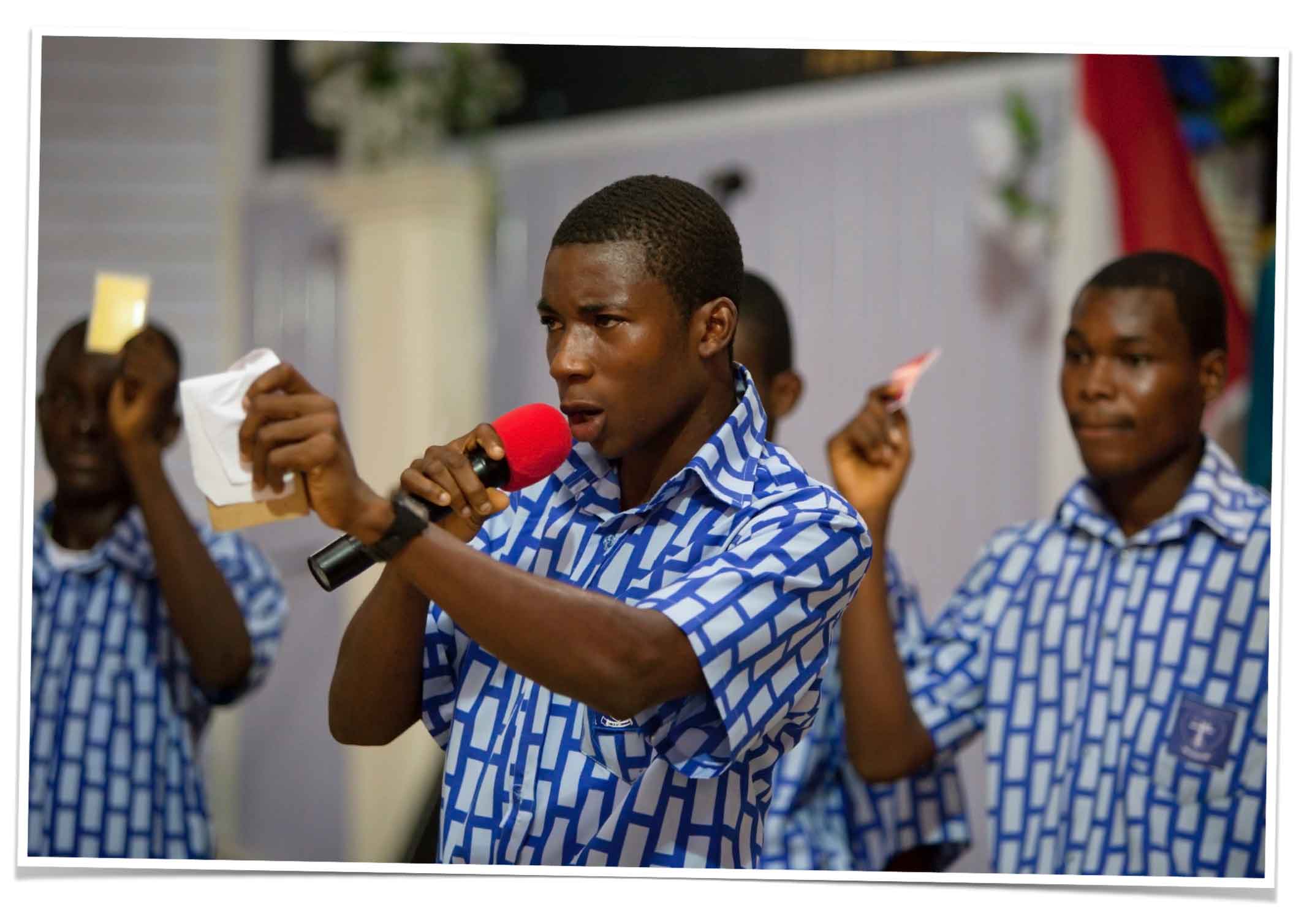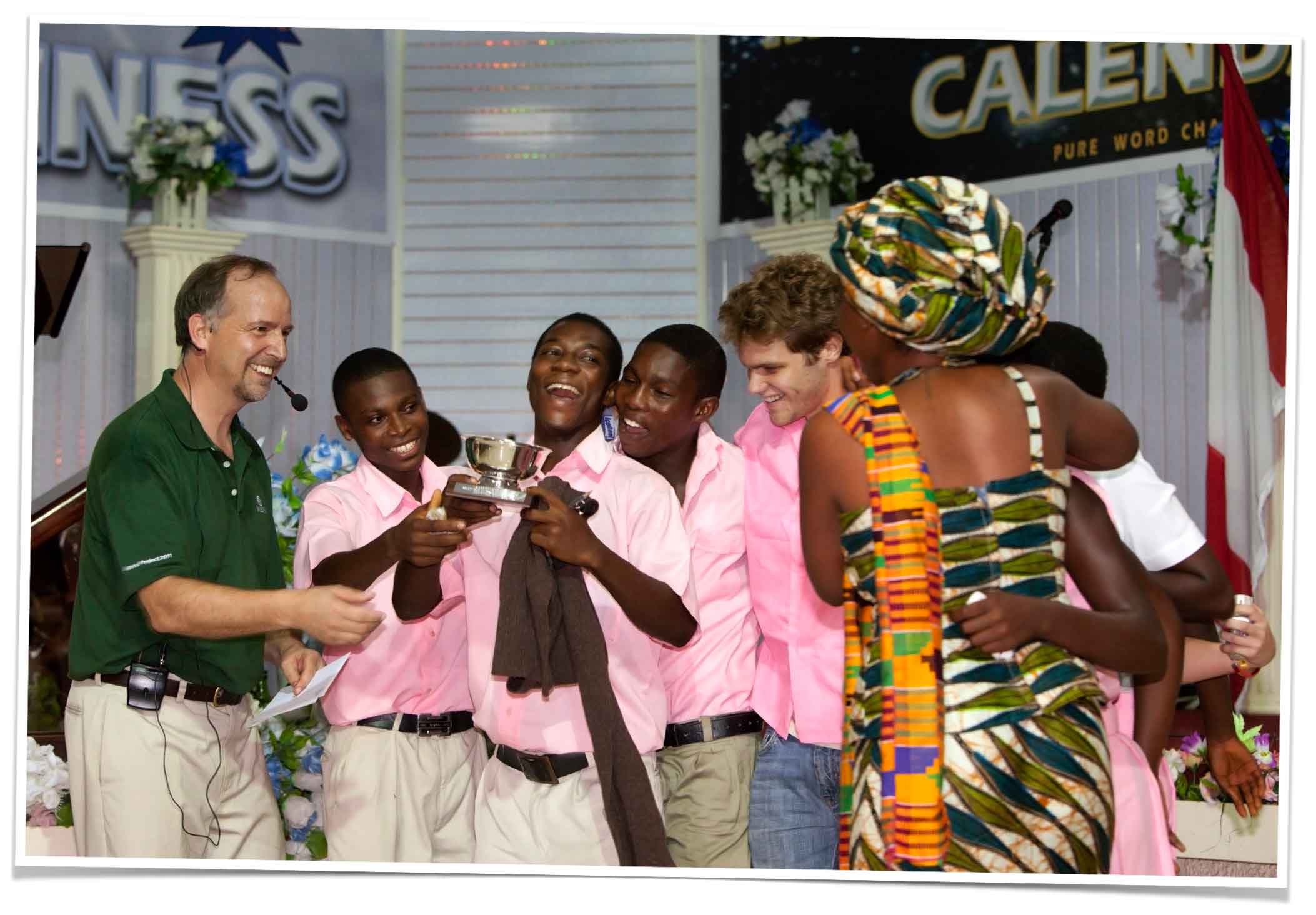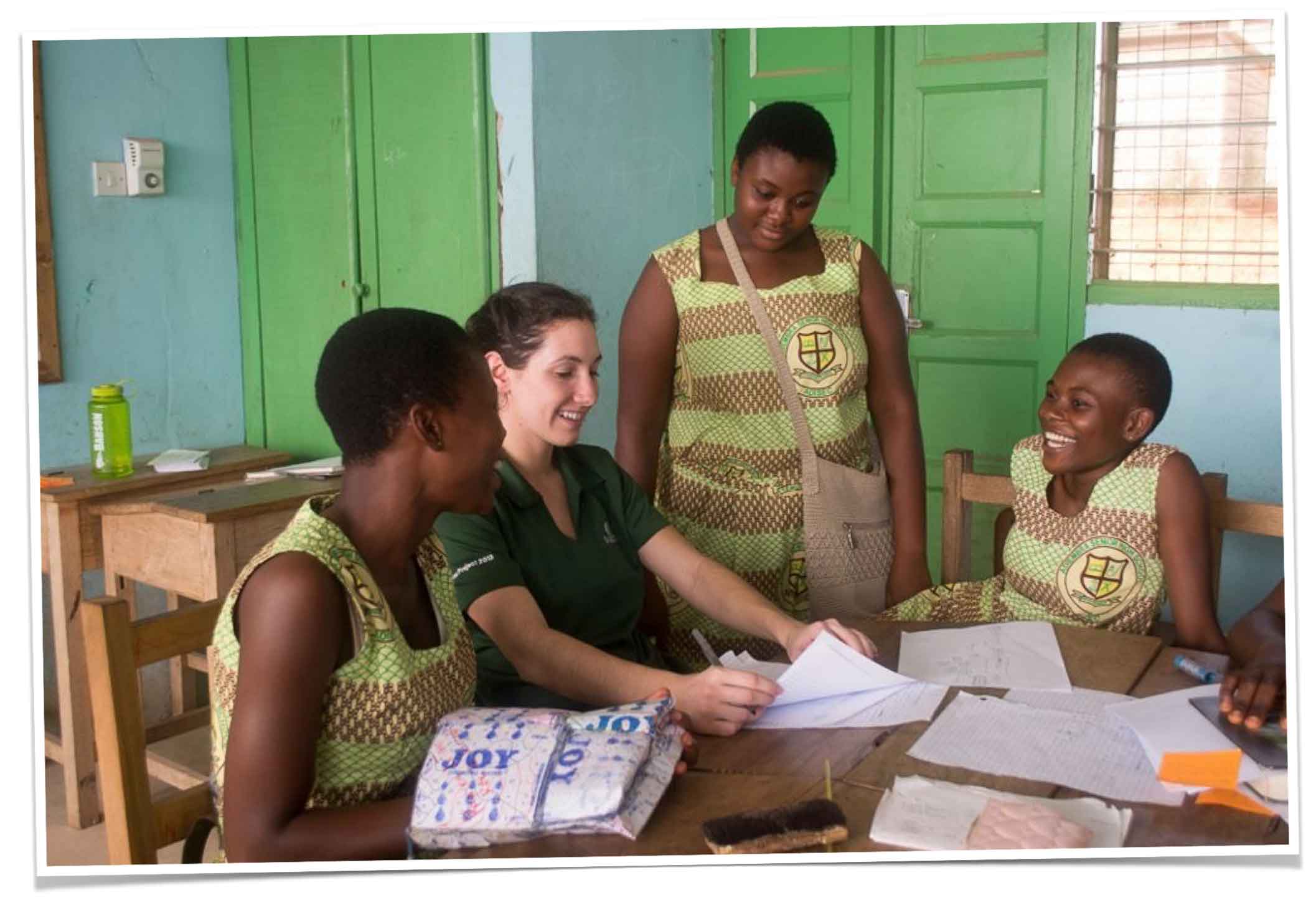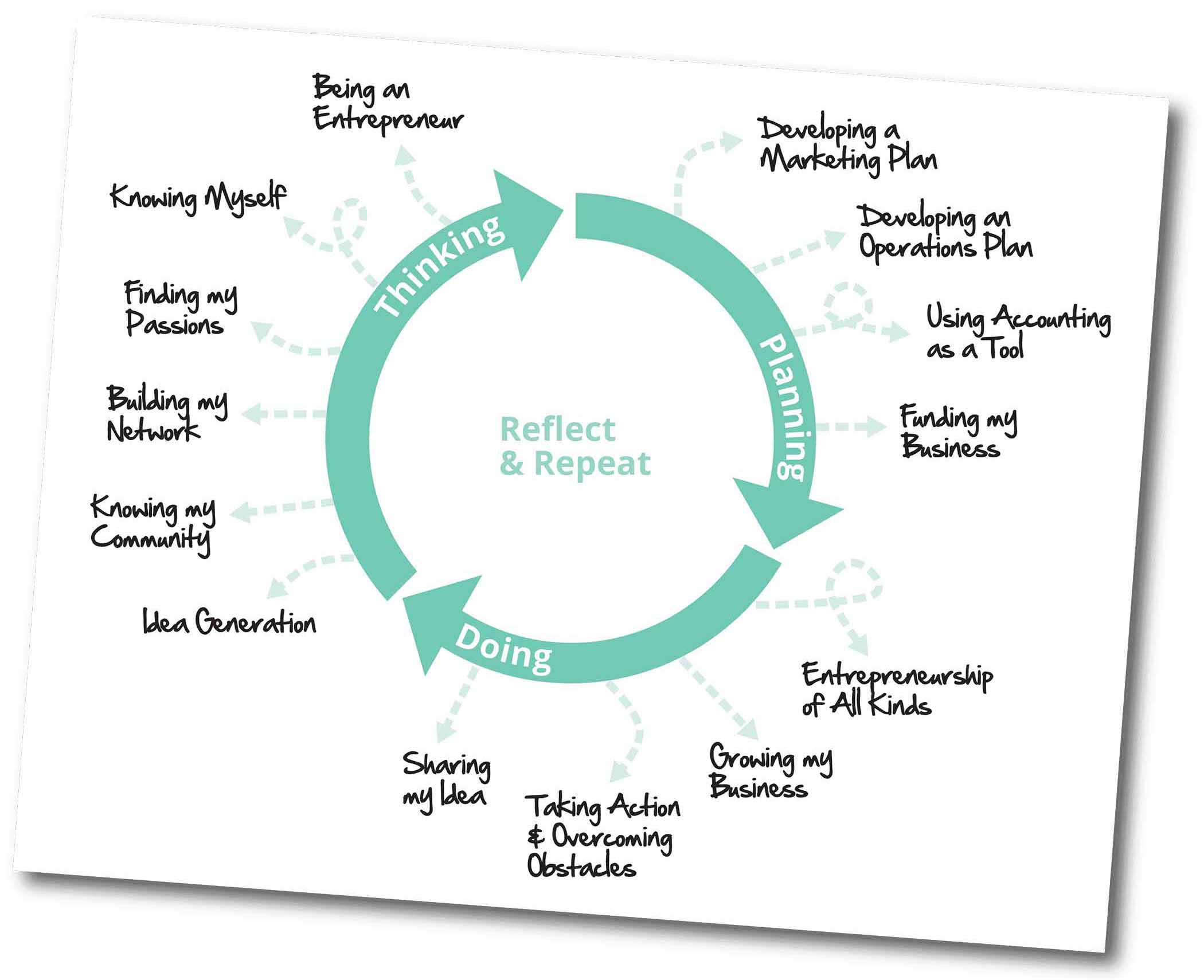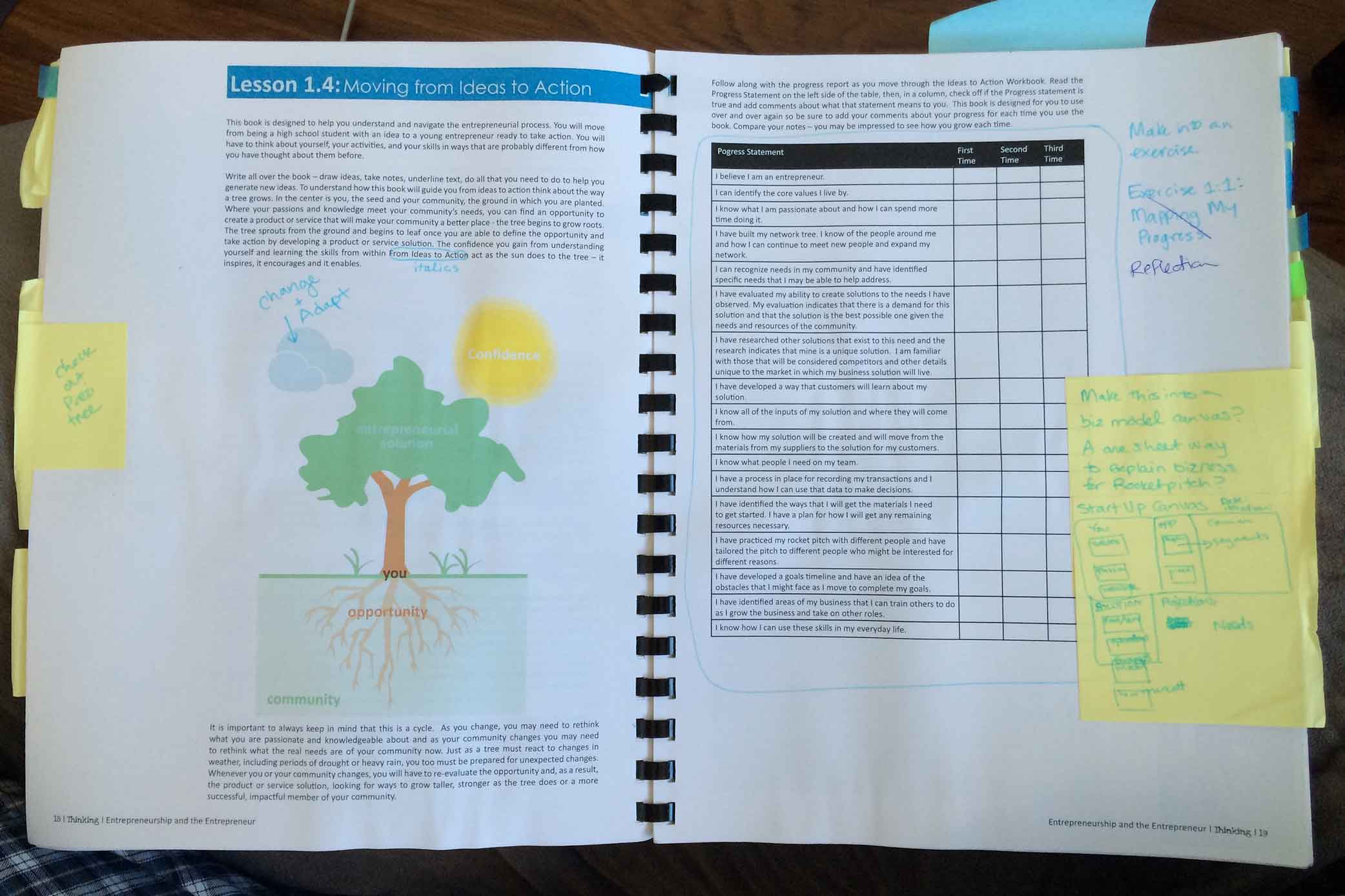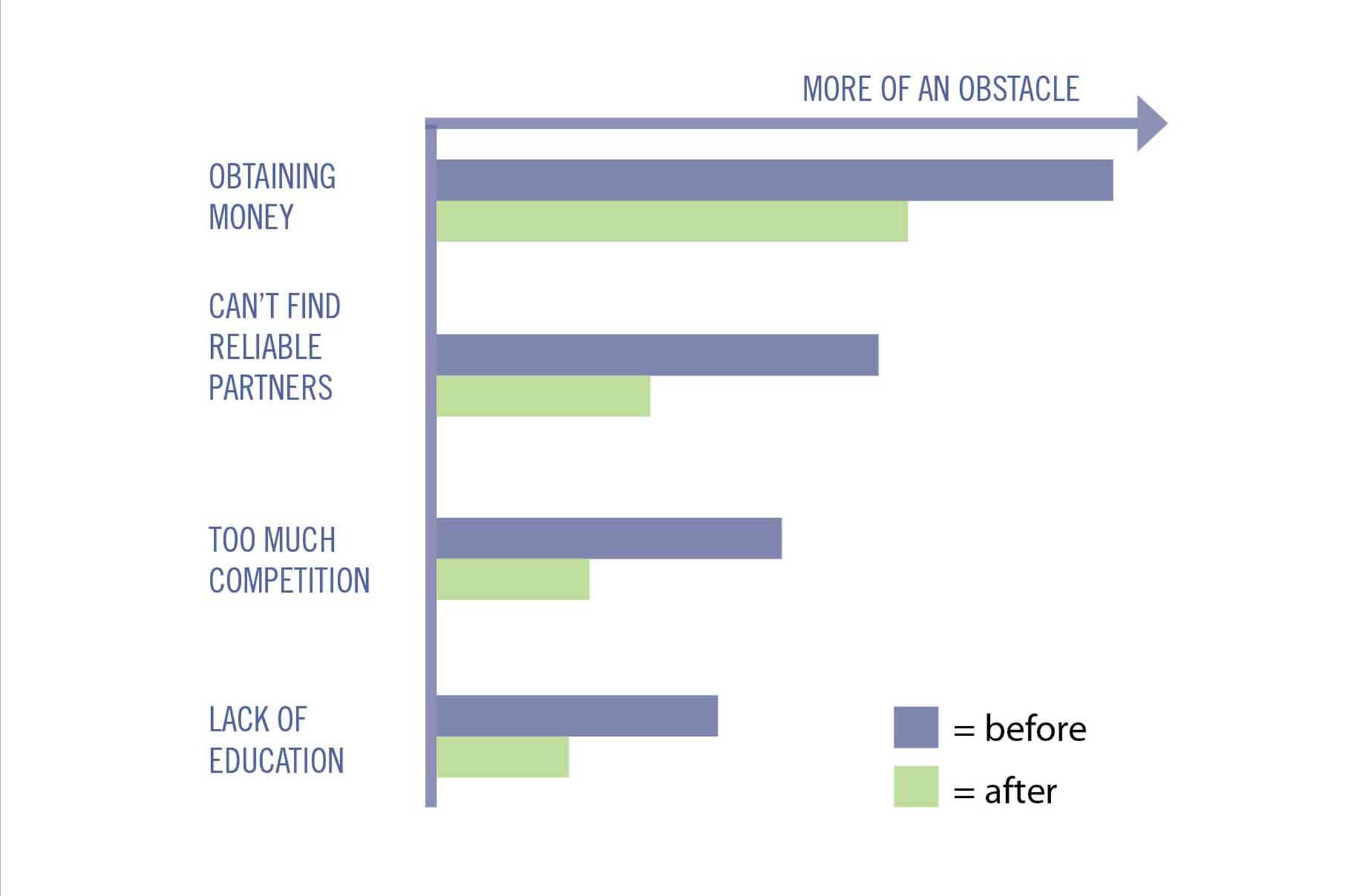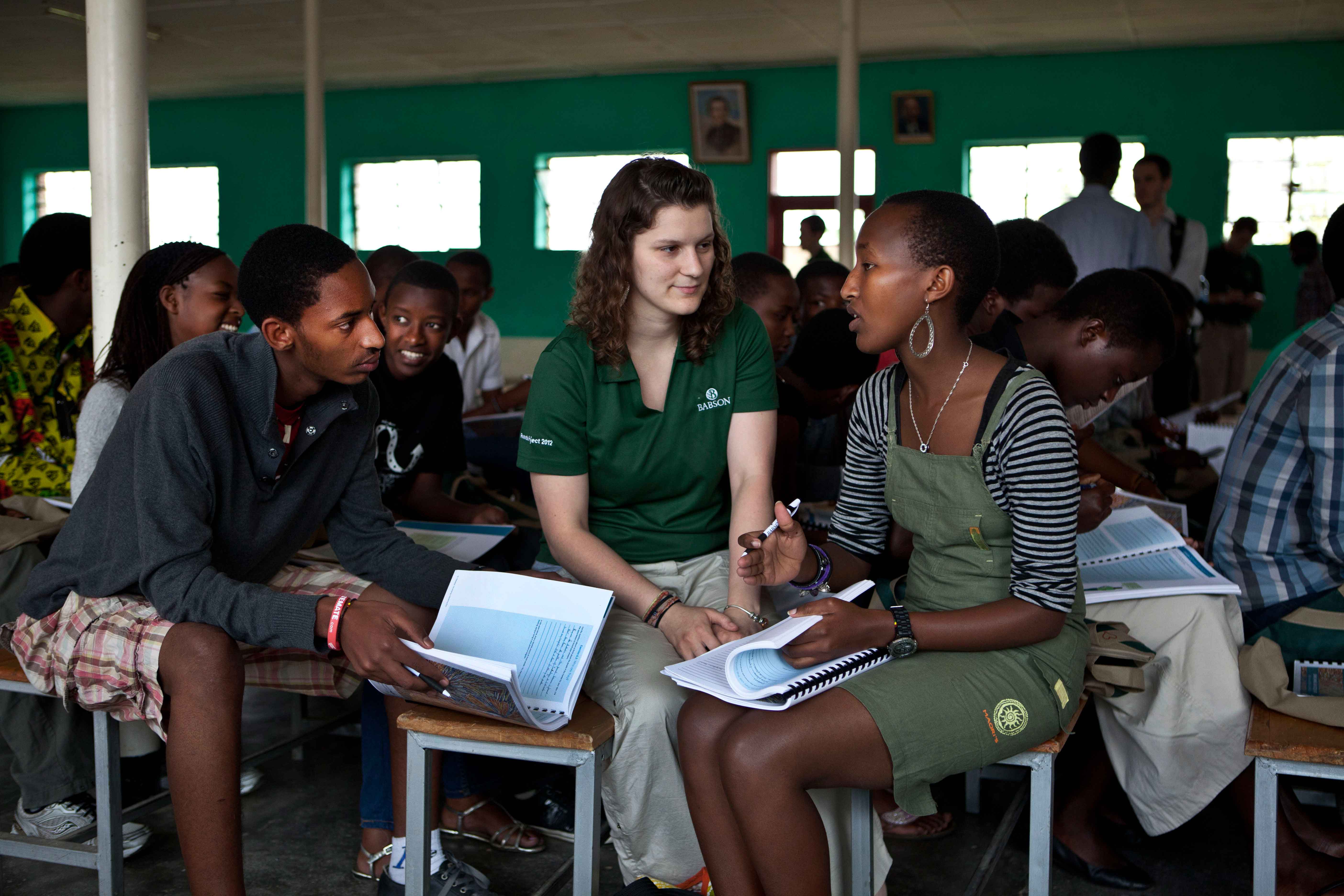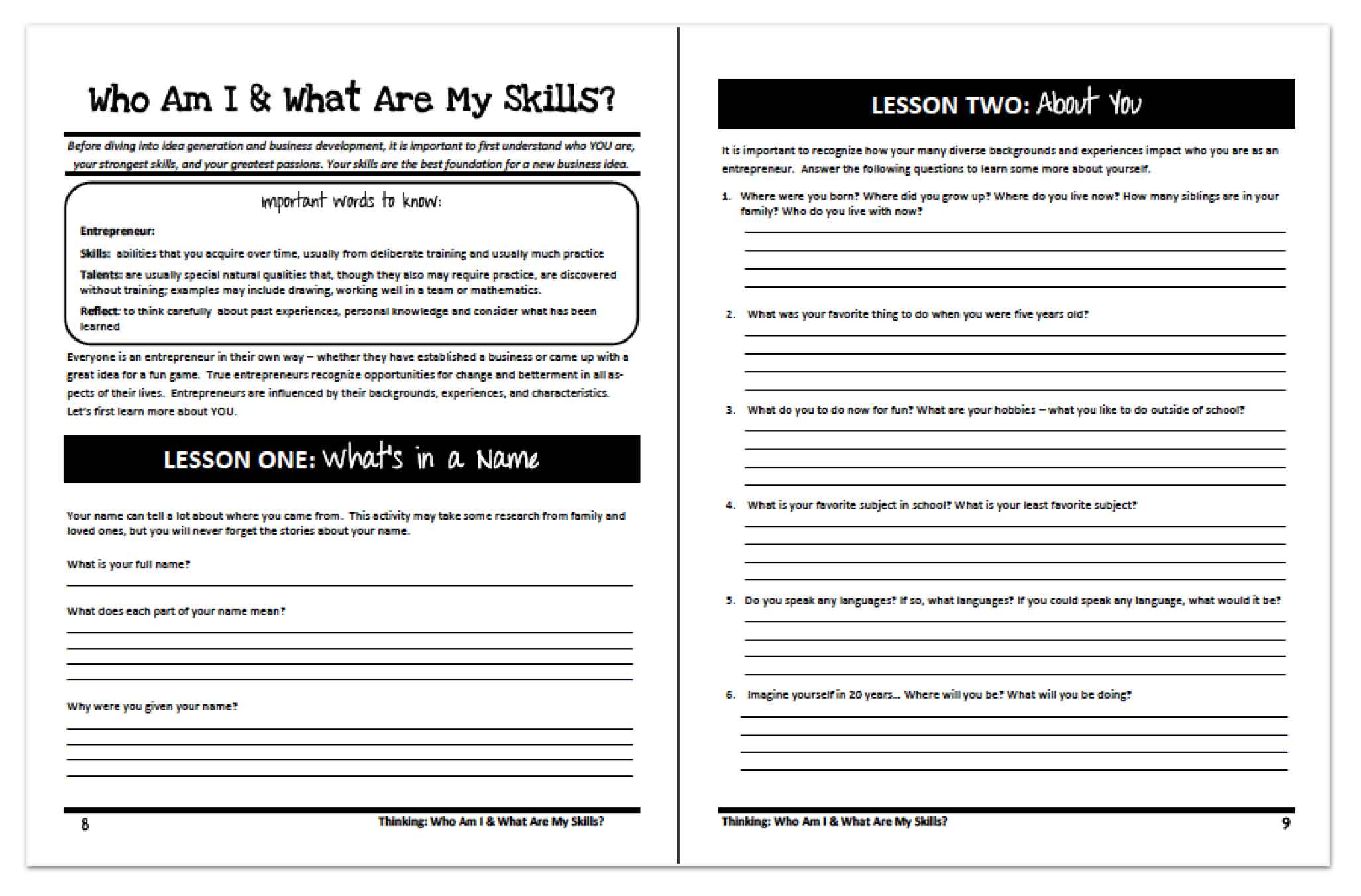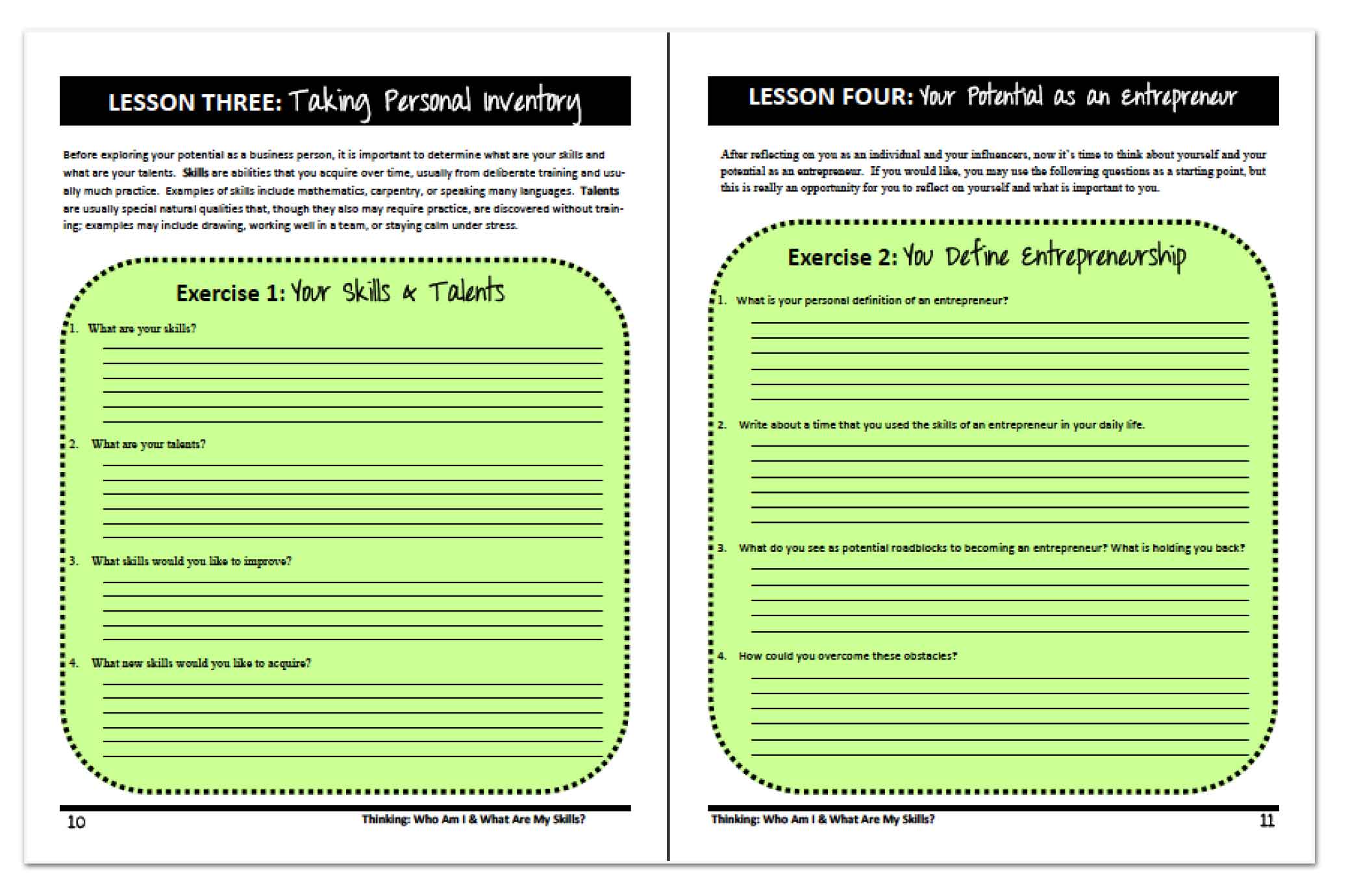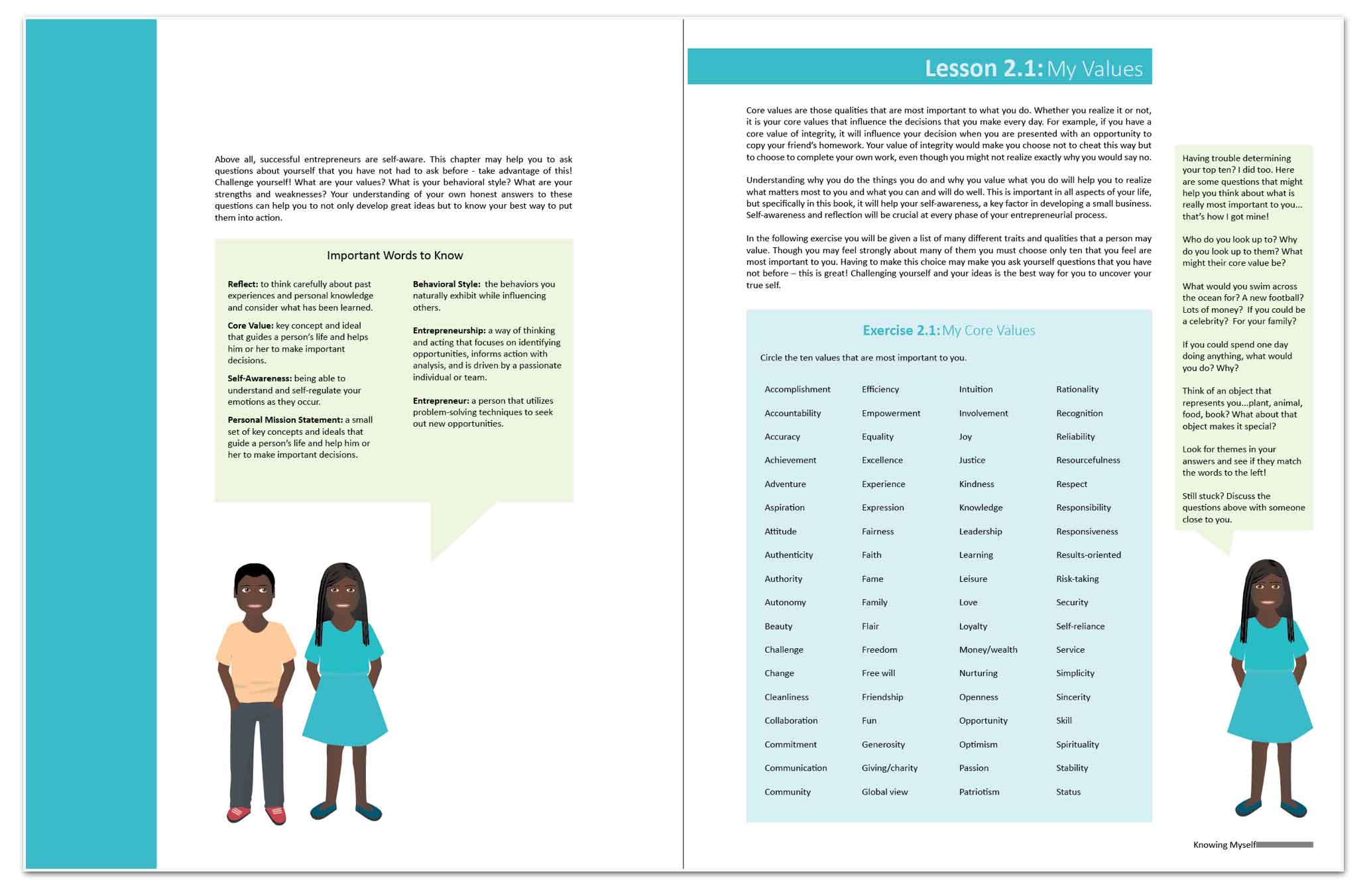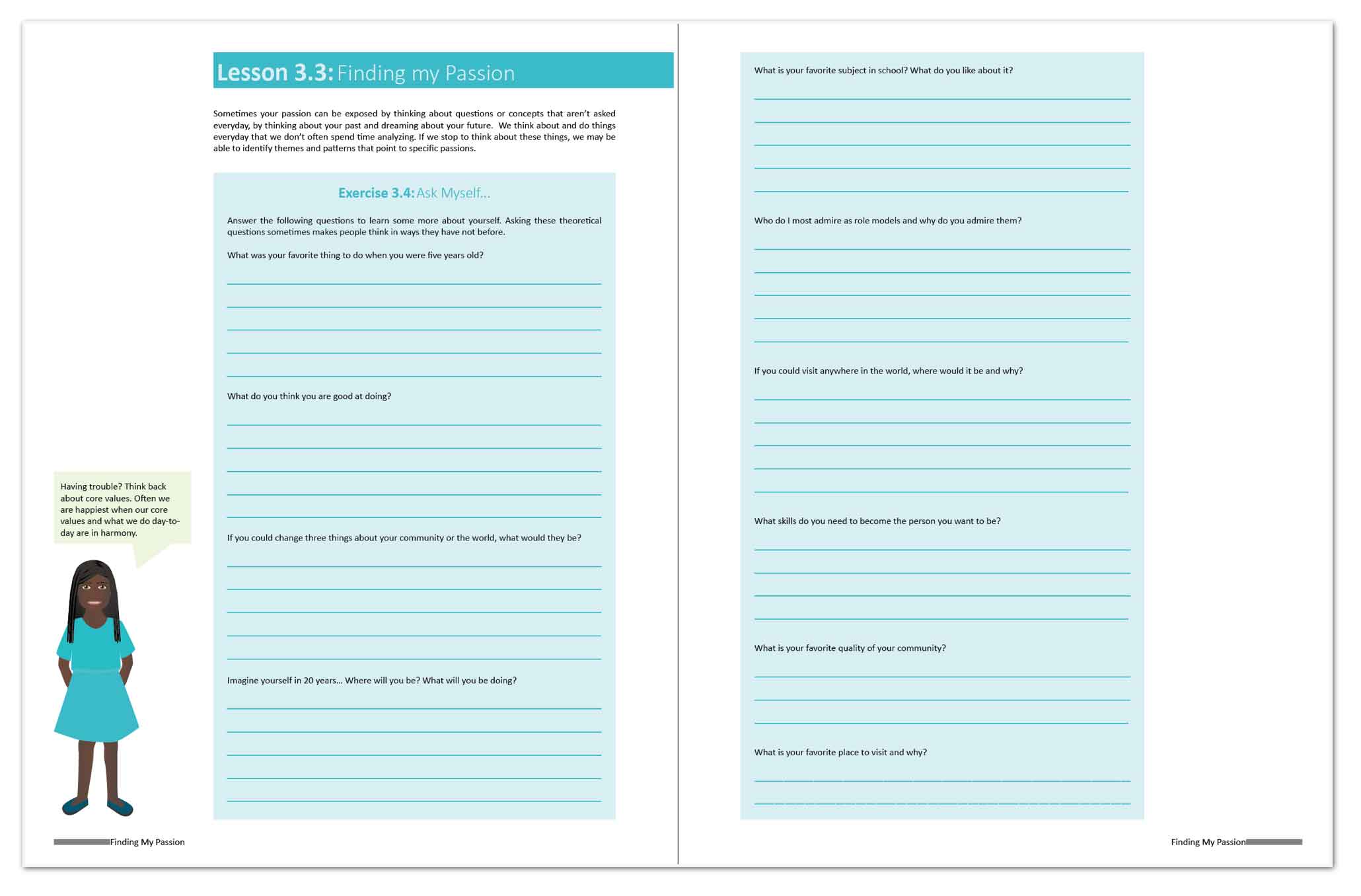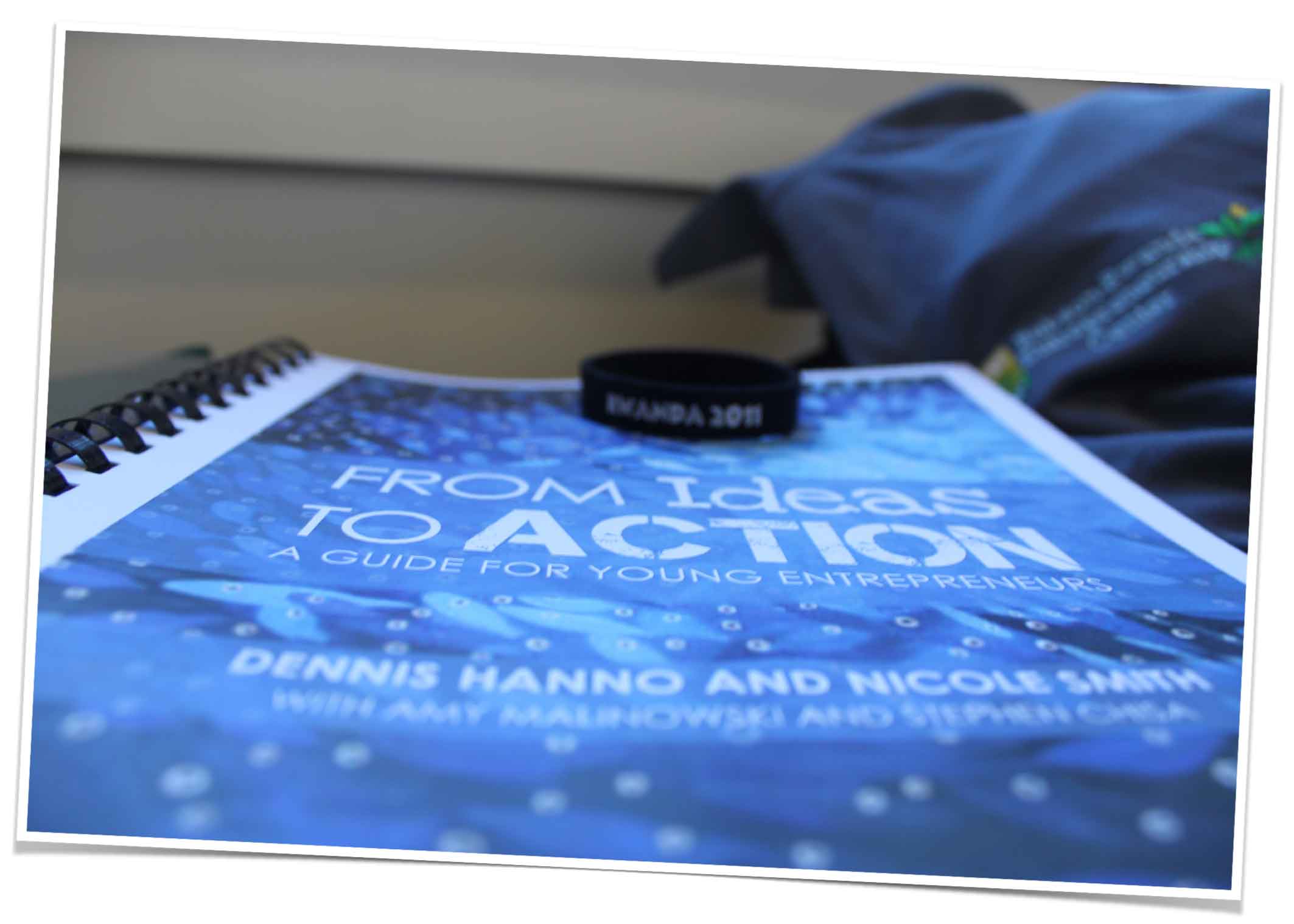Context and Challenge
One of the best ways to empower youth is by giving them the ability to participate in the economic system. Babson Entrepreneurial Leadership Academies (BELA) gather top students from around the region in an intensive, 6-day academy that culminates in each student delivering a three minute rocket pitch about a business idea they could start today. The creator of BELA asked for help in developing an interactive workbook to guide students through the entrepreneurial process during their week at BELA and after.
